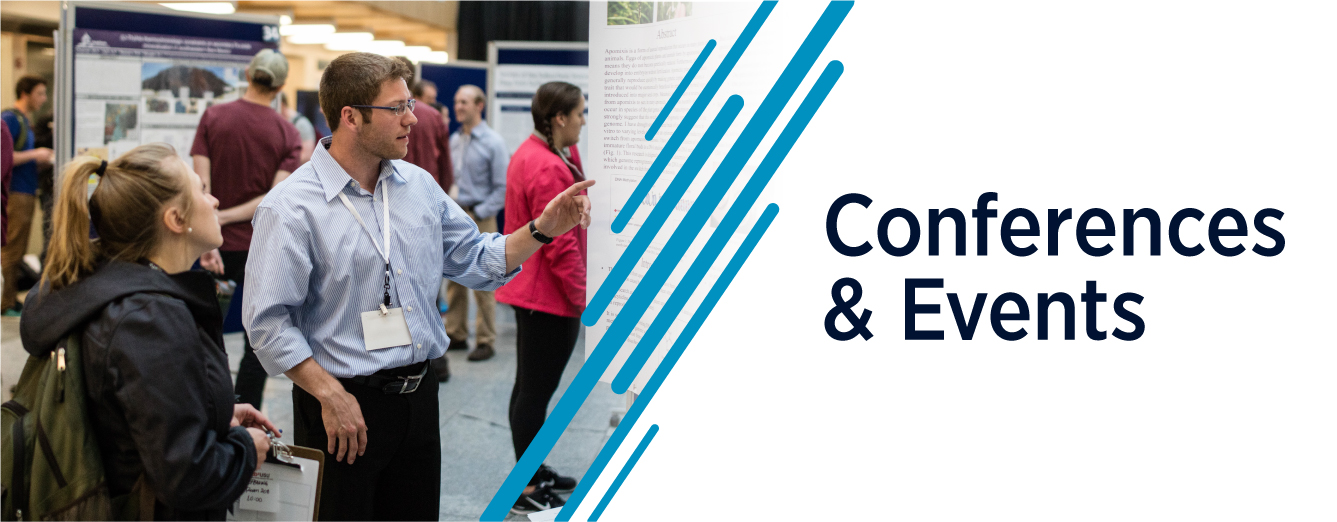Abstract
On-orbit spacecraft missions ranging from observation and object tracking to situational awareness and close-quarters navigation rely on electro-optical (EO) sensors. These sensors serve as the spacecraft’s primary vision system, providing critical data for computer vision (CV) algorithms and guidance, navigation, control (GN&C) software, etc. To ensure accurate data is fed to downstream applications, EO sensor data must undergo rigorous calibration to transform raw measurements into high-fidelity inputs. However, EO sensors designed for close-range spacecraft missions often feature a wide field of view (FOV) with short focus distances, posing unique calibration challenges. Traditional EO sensor calibration methods, which typically employ collimators focused at near-infinity distances, are not well suited for short-range EO systems. As a result, novel calibration techniques are required to achieve precise sensor characterization. This presentation first reviews existing EO sensor calibration methodologies and their limitations for short-range applications. It then introduces an innovative calibration approach utilizing a hot-wire target and specialized processing algorithms, offering a better alternative to conventional methods. Finally, the presentation presents experimental results from a proof-of-concept study conducted on a wide FOV, long-wave infrared (LWIR) EO sensor. The findings highlight the efficacy of this novel calibration technique in enhancing EO sensor performance, ultimately advancing the capabilities of close-range spacecraft missions.
Geometric Calibration of Near Focus Infrared (IR) Sensors for Spacecraft Missions
On-orbit spacecraft missions ranging from observation and object tracking to situational awareness and close-quarters navigation rely on electro-optical (EO) sensors. These sensors serve as the spacecraft’s primary vision system, providing critical data for computer vision (CV) algorithms and guidance, navigation, control (GN&C) software, etc. To ensure accurate data is fed to downstream applications, EO sensor data must undergo rigorous calibration to transform raw measurements into high-fidelity inputs. However, EO sensors designed for close-range spacecraft missions often feature a wide field of view (FOV) with short focus distances, posing unique calibration challenges. Traditional EO sensor calibration methods, which typically employ collimators focused at near-infinity distances, are not well suited for short-range EO systems. As a result, novel calibration techniques are required to achieve precise sensor characterization. This presentation first reviews existing EO sensor calibration methodologies and their limitations for short-range applications. It then introduces an innovative calibration approach utilizing a hot-wire target and specialized processing algorithms, offering a better alternative to conventional methods. Finally, the presentation presents experimental results from a proof-of-concept study conducted on a wide FOV, long-wave infrared (LWIR) EO sensor. The findings highlight the efficacy of this novel calibration technique in enhancing EO sensor performance, ultimately advancing the capabilities of close-range spacecraft missions.
